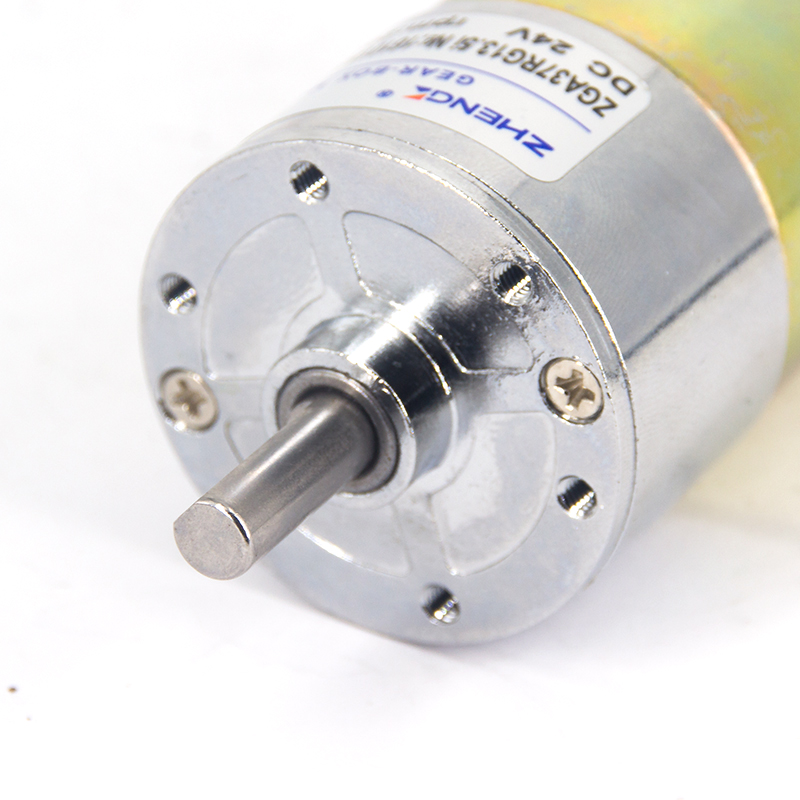Four major differences between brushed DC motors and brushless DC motors
1、Different working principle
The working principle of DC brushed motor: when the motor rotates, the carbon brushes slide on the commutator, generating a rotating magnetic field, which is attracted by the static magnetic field of the stator. The current in the armature and stator windings is supplied by a battery or other DC power source to provide a constant DC voltage to the battery (or DC power source).
The working principle of DC brushless motor: magnetized permanent magnets are attached to the rotor of the motor, the polarity of the motor rotor is detected, the driver controls the starting, stopping and braking of the motor, the switching of each power tube of the inverter bridge is controlled to produce continuous torque, and the rotational speed is controlled and regulated, and protection and display are provided.
2、Different performance
DC brush motor mechanism is simple, easy to produce and process, in the 19th century has been widely used, the development of technology is more mature, DC brush motor output power is greater, higher control accuracy, control accuracy can reach 0.01 millimeters, almost allow moving parts to stop at any desired place, all precision machine tools are using DC motor control accuracy.
DC brushless motor in the last decade only slowly into commercial operation, the technology is more immature, brushless motor starting resistance is large (inductive resistance), starting torque is relatively small. DC brushless motor interference is lower, lower noise, longer life, lower maintenance costs.
3、Different structure composition
The basic components of DC brush motor include stator, rotor, brush and commutator. The stator and rotor magnetic field interaction drives the motor rotation.
Brushless DC motor consists of motor body and driver, the stator winding is made into three symmetrical star connection, and the driver consists of power electronic devices and integrated circuits.
4、 Different speed regulation
In fact, the control of the two motors are regulated, just because the DC brushless uses electronic commutation, so there should be digital control can be realized, while the DC brush is through the carbon brush commutation, the use of thyristors and other traditional analog circuits can be controlled, relatively simple.
Relative to DC brushed motor, DC brushless motor in addition to brush, the most direct change is the absence of brush motor operation generated by sparks, which greatly reduces the sparks on the remote control radio equipment interference.
Brushless motors without brushes, running friction is greatly reduced, running smoothly, noise will be much lower, this advantage for the model running stability is a huge support. With fewer brushes, the wear and tear of brushless motors is mainly on the bearings. From a mechanical point of view, brushless motors are almost maintenance-free motors, and only require some dusting and maintenance when necessary.






